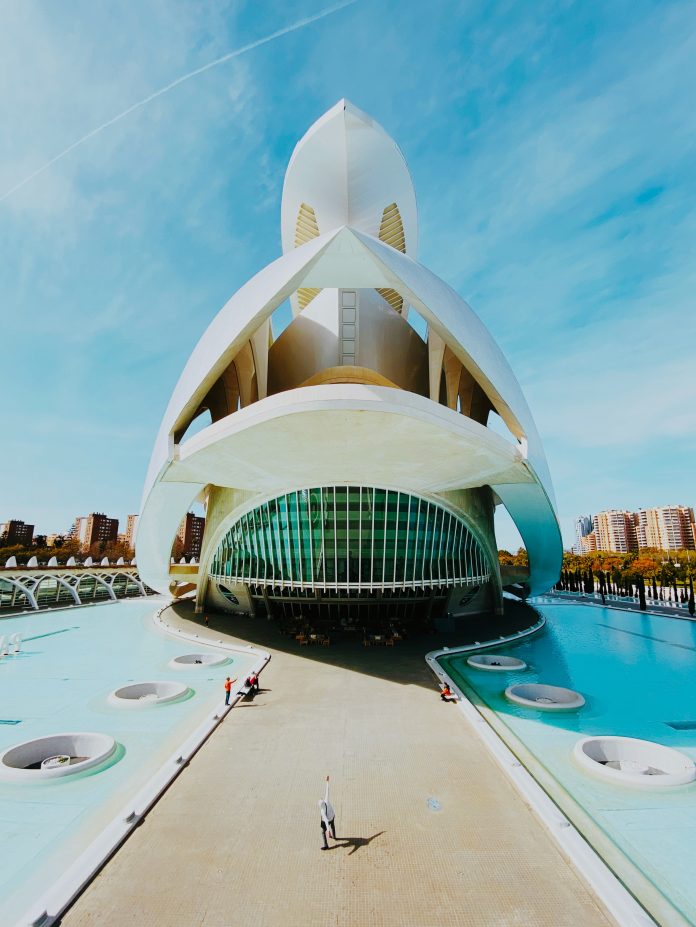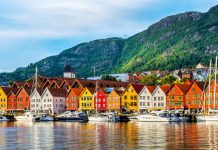Seven finalists aspire to become one of the two European capitals of Smart Tourism 2022. There are Bordeaux, Copenhagen, Dublin, Florence, Ljubljana, Palma, Valencia.
Although smart tourism may seem an oxymoron, in this case, it refers to very specific categories in which the candidate cities are evaluated. This initiative of the European Union aims to highlight the achievements of the cities of the continent in four areas: accessibility, sustainability, digitization and cultural heritage and creativity.
Seven Cities, Two Winners
These seven cities, so different in geography, rhythms, moods, music and weather, were selected from among thirty cities from sixteen countries. It is not surprising that the local authorities are looking for the seal of quality of a third edition competition that has already been awarded to Helsinki and Lyon, in 2019, and Gothenburg and Malaga, in 2020.
The prize that the two winners will receive consists of the support of communication and branding specialists to produce promotional material and organize activities that will facilitate their visibility on European level. Smart tourism is related to innovative, sustainable and inclusive tourism development.
The winners will be announced next November, but until then the representatives of the finalists will present their programmes and forecasts for 2022 to the European Jury, the intermediate classification body.
Time to Do Homework
The Compendium of Good Practices that serves as a reference for applicants includes a list of functions accessible to all people implemented in basic urban public services. It also includes initiatives such as a multi-purpose card in Copenhagen, which allow access to most of the city’s museums and attractions, and access to public transport.
Linz (Austria), on its behalf, presented a leisure laboratory created and managed by the youngest citizens of the city, in order to listen to their proposals on new ways of doing tourism and working in the tourism sector; also Linz put special emphasis on its well-known art on the roofs, which has been put into practice for more than a decade.
Among other curiosities, the German city of Kiel, on the Baltic Sea coast, offers themed cruises for singles. Likewise, in Breda (Netherlands), the city offers artistic walls, or an open-air museum, in which big personalities in plastic and street art have participated, transforming every urban corner.
The signs with Lyon Renaissance-era aesthetics at historic sites in Lyon, France, which also serve as directions to the different tourist routes, were also particularly noteworthy. And a small contribution to the environment: the German city of Karlsruhe offers a porcelain cup to visitors in order to reduce the use of disposable materials and urban waste. Other projects include the restoration of natural landscapes integrated into urban perimeters with furniture made of noble materials, as in the case of the dunes of Ravenna, in Italy, or the fun wooden and wicker slides in Funchal, on the island of Madeira.
Smart Tourism Cities
Focusing on 2022, the communiqué from the European Commission highlights that the city of Valencia “has avant-garde architecture, a futuristic City of Arts and Sciences”, as well as the fact that “its tourism sector employs more than 30,000 professionals”; it also highlights the “innovative practices” that are being put in place to measure the carbon footprint of tourism activity.
On the other hand, Palma, highlights the accessibility concerns of its representatives and the environmental certification of its beaches, as well as the development of technology that allows predicting the occupation of recreational areas. It also mentions the effort for reusing the water, among other healthy practices for the protection of urban forests.
French Bordeaux, the largest UNESCO-listed area in the world with 347 monuments, is making use of its existing resources and repurposing them to propel their smart tourism practices to the top. An example of this is The Darwin Ecosystem, which is a collective geared towards a green economy – now one of the most visited sites in Bordeaux. This former military barracks is home to an urban farm and the largest organic restaurant in France, all showing a way of “consuming differently”.
Copenhagen in Denmark on the other hand aims to be the world’s first CO2-neutral capital by 2025. The new Planet Copenhagen App will contribute to a sustainable visit. The app will highlight sustainable experiences and transportation to make the sustainable choice the easier one. Moreover, the iconic port buses of Copenhagen transport up to 700,000 passengers per year and are solely powered by electricity. The newly reopened Museum of Copenhagen utilizes new technology to enrich the visitor experience: visitors can experience 3D models of historical elements and a new interactive city model created using laser technology and sound.
In 2020, the Dublin City Council, Fáilte Ireland and Smart Dublin came together to launch a new strategic partnership: the city’s first and very own Smart Tourism Programme. The aim of this programme is to make Dublin City a smart tourism destination and to capitalize on the opportunity to blend the city’s expertise in technology, tourism and smart city collaboration. By centralising their smart tourism efforts, Dublin has begun a series of projects and investments into key ideas and infrastructures designed to enhance the visitor experience through progressive collaboration with both internal and external partners.
Italian Florence has implemented several multilingual apps and resources, as well as physically altering the older and thus more challenging city areas, to increase accessibility. Florence has the largest European pedestrian area in the city center and the highest number of disabled parking spaces in Italy. It has invested in the modernization of its transport network and infrastructure, as well as promoting eco-friendly behavior by raising awareness about the consequences of certain transport habits.
Slovenian Ljubljana has launched the URBANA smart card or URBANA App that can be used on public buses, for the bicycle-sharing system, as well as parking fees and cable-car rides to the Ljubljana Castle. Ljubljana currently has over 300km of bike lanes, which are constantly being improved. Six electric vehicles for the elderly and disabled have also been introduced in the city; these offer free rides around the city center. An emission-free electric train enables disabled people to drive by attractions while listening to audio guides. The Ljubljana Wheelchair App gives advice on more than 130 wheelchair-accessible locations.

























